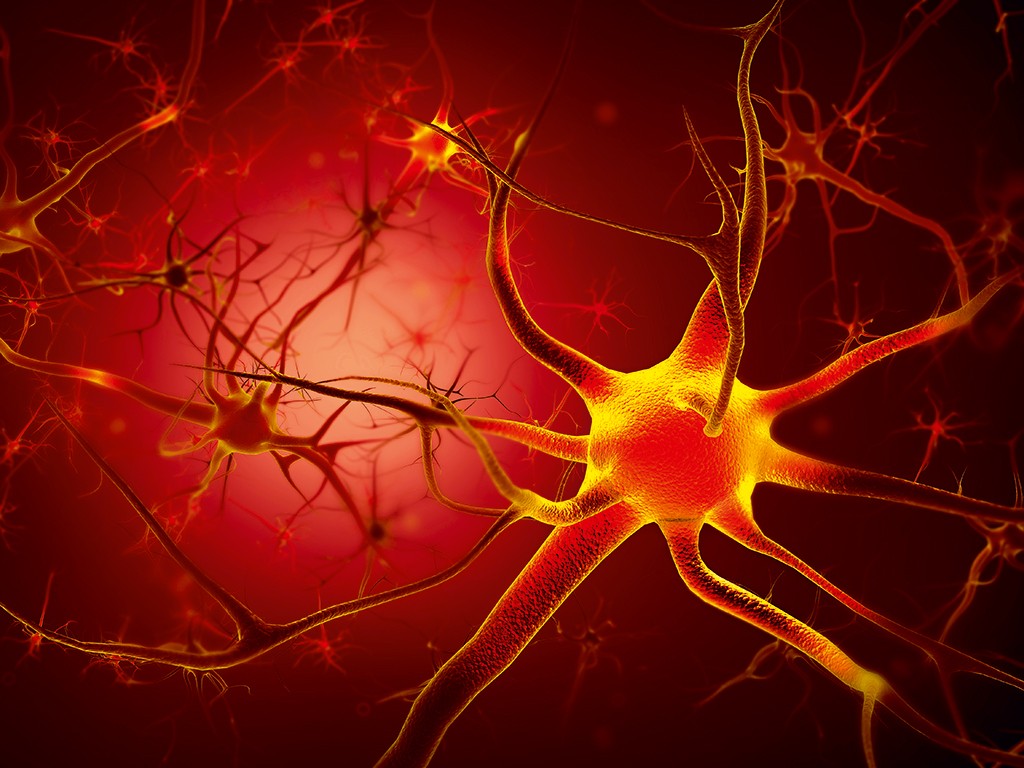Available in abundance
There are more than enough sustainable resources available on Earth to support a much larger, more diverse, and environmentally friendly economy
There are more than enough sustainable resources available on Earth to support a much larger, more diverse, and environmentally friendly economy
The basic material things society and the economy need are energy, raw materials and a healthy environment. People talk as though we can only use energy and materials in one way: we take fossil fuels from the ground, use them up and when they are gone our world will end. Likewise; we mine metals and other essential substances and, when they are used up, we will be finished.
But the universe is awash with energy. Our sun releases twenty trillion times as much energy per year as our economy uses. Raw materials, meanwhile, are just the hundred or so chemical elements that everything is made of. Anything we need can be assembled from these.
Fossil fuels have become too problematic, but there are other sources of energy. Most obvious is the heat and light from the sun. Energy from the sun reaching the Earth each year is ten thousand times what the world economy consumes.
There is also the tidal energy and the geothermal heat leaking slowly from the Earth’s core. Finally, there is nuclear energy, which can be obtained by fission – the splitting of elements such as uranium or fusion of elements such as hydrogen. Geothermal and nuclear are not truly renewable, but could last for millennia.
Practical energy sources
The question is: would it be practical, with current or reasonably expected knowledge, to get all the energy we need from such sources? To analyse this, we must introduce a very large unit of energy – the ‘exajoule’. One exajoule is equal to five times the energy of the biggest nuclear weapon ever detonated. The world economy uses roughly five hundred exajoules every year.
Tidal power resources are quite limited, being practical at only a few locations. They are estimated at five exajoules per year, around one percent of current needs. Tidal power is, however, completely predictable – being linked to the cycles of the sun and moon. Geothermal power is most abundant where there are volcanoes, but drilling means it can be harnessed anywhere. Fifteen hundred exajoules of geothermal energy flow out of the Earth each year, but it would only be practical to extract a small portion of this – equal to a few percent of the current energy demand.
Bioenergy is limited too. Turning crops into fuels competes with food production and drives up prices, threatening the world’s poor. But we can grow algae in lakes or greenhouses, producing from them oils very like diesel. We can grow fuel crops on marginal land. Engineers estimate that using biological waste that is already produced could sustainably yield fifty exajoules a year, ten percent of current energy needs.
Turning the turbines
Wind power is very promising. Offshore wind alone represents a vast resource. There are three hundred and sixty million square kilometres of ocean, but perhaps just one percent of this is shallow and breezy enough for turbines. Assuming we could put fifteen turbines of five-megawatt capacity on each square kilometre, operating at an average twenty-five percent of that capacity, we get an average output of nearly twenty megawatts per square kilometre. With the available area, this scales up to two thousand exajoules per annum globally – four times current energy needs.
Nuclear fission is a mixed picture. Known resources of uranium-235, which can be used directly in reactors once refined, contain a total of two thousand exajoules of recoverable energy, only four years of current total energy use. However, resources of uranium-238, which must be converted in breeder reactors before use, are equivalent to over two hundred thousand exajoules of energy, or half a millennium of current needs.
Nuclear fusion would be better. Relevant forms of hydrogen are sufficiently abundant to meet current energy needs for thousands of years. Only mildly radioactive waste is produced. However, progress with fusion has only inched forward over recent decades and will take decades more to reach fruition.
Harnessing the sun
The most promising energy resource is solar. Covering one percent of all land area (itself one third of the Earth’s surface) in solar collectors that operate at twenty percent efficiency would yield over three thousand exajoules per year – seven times current energy usage. This could be done using solar photovoltaic panels, solar thermal facilities or other methods. Over one percent of land use today is urban – making the scale of construction needed for solar power seem feasible. In short, we have enough energy to support an economy at least ten times bigger than today’s. If we increase efficiency so that one unit of energy produces twice as many units of GDP, the space for growth doubles. Poor nations can thus aspire to Western living standards.
Energy is one aspect of sustainability. When it comes to the others – raw materials and the environment – a key phrase is ‘closed cycles’. Living things have used the same finite pool of a few essential elements (carbon, oxygen, hydrogen, etc) for billions of years, re-using them in an unending process of life, death, decay and re-birth. There is no reason the industrial economy cannot do the same, endlessly re-using a finite pool of essential materials.
The key question is what ‘rate of flux’ can be supported in a closed cycle. If the world has fifty billion tons of some material, and the world economy needs to process five billion tons of it every year, is this feasible? At some point, there will be a limit where the percentage of a given resource that is processed in a year cannot be increased. Closed cycles in water, topsoil and fertiliser minerals could all face such limits not far above current levels of use. But agricultural and water scientists have found efficient ways we could get much more sustenance from current fluxes of these, so we should be able to comfortably feed and water the 10bn or so that world population is forecast to plateau at.
There are many technical hurdles to be overcome, and economics will decide exactly which technologies are adopted. But there are no physical limits to maintaining our way of life.













